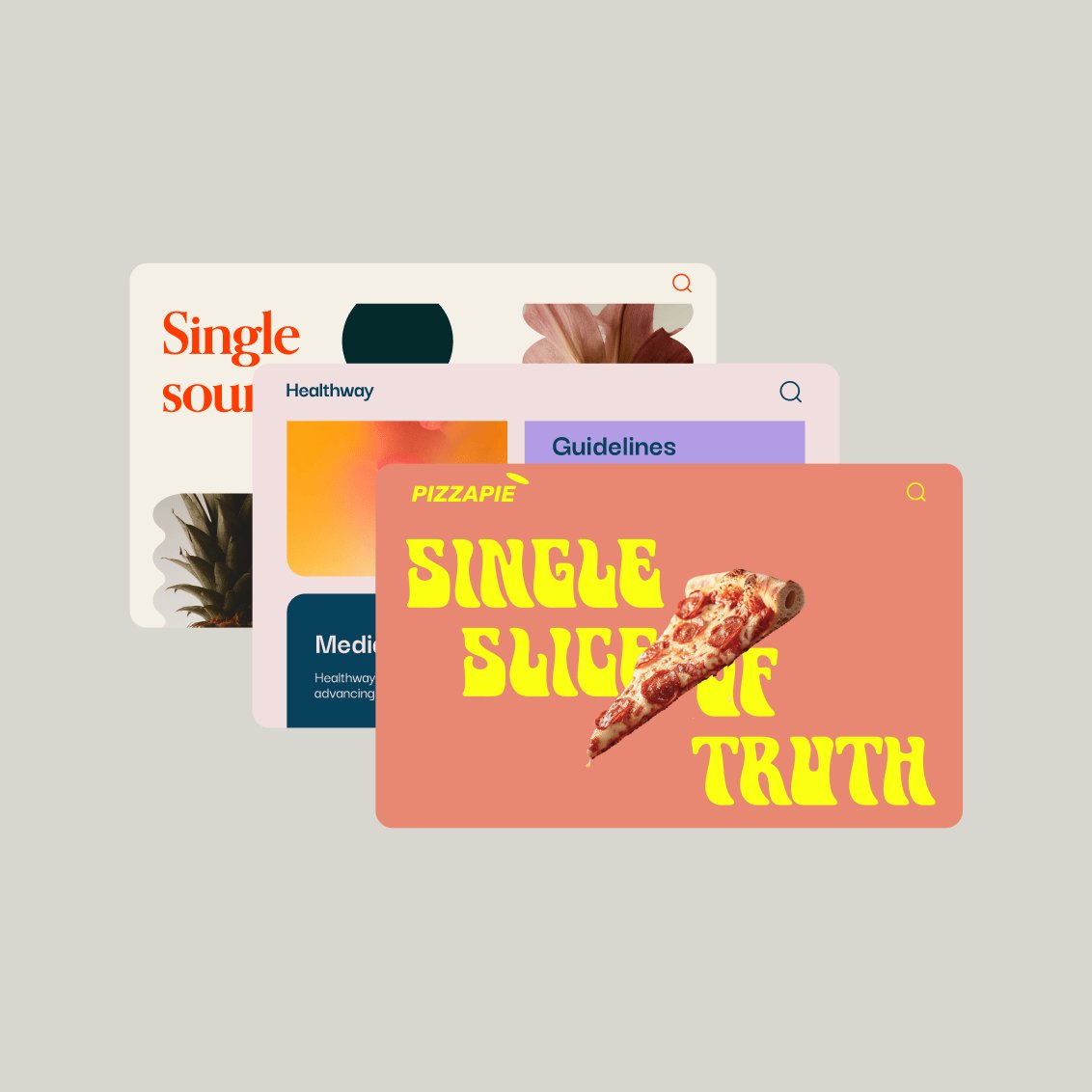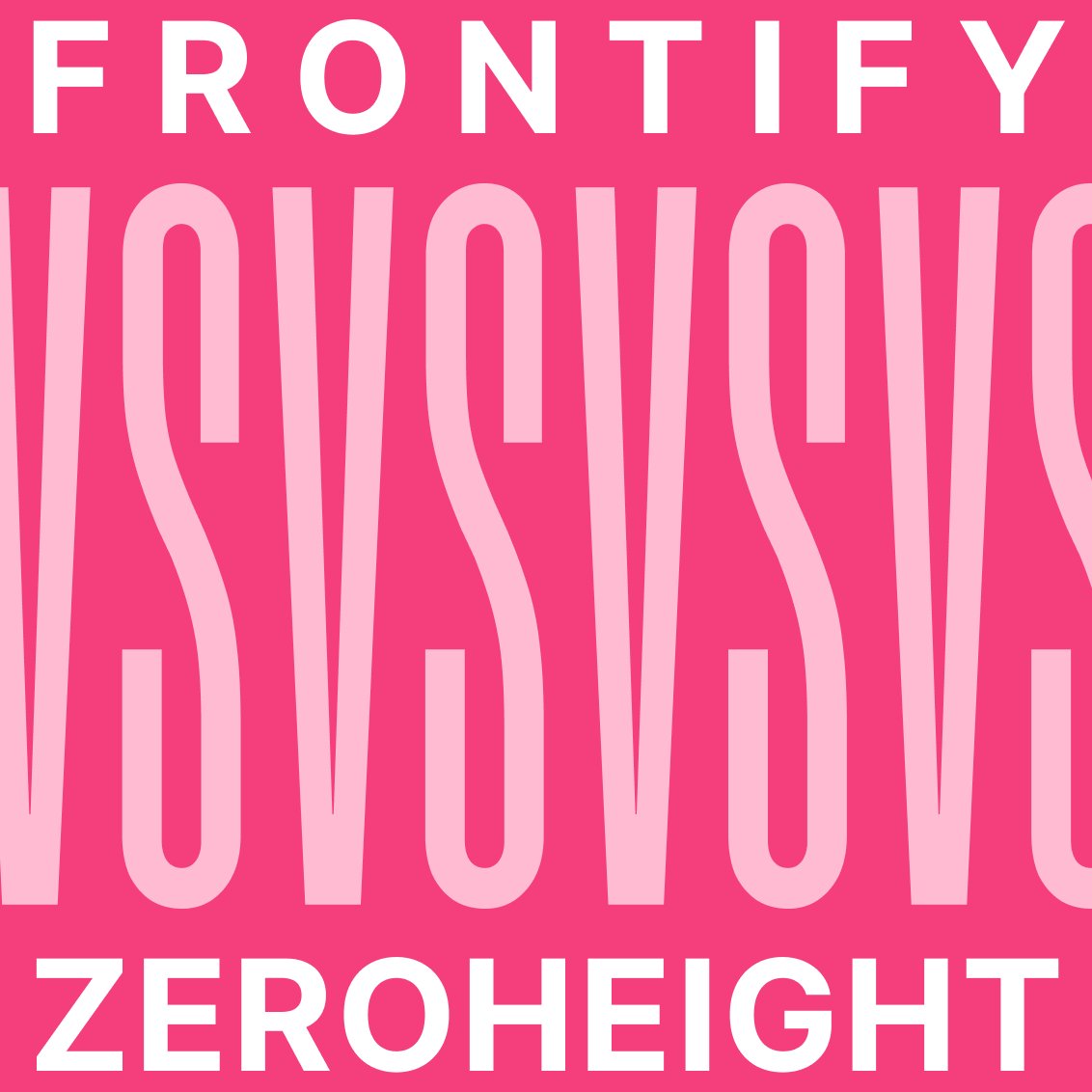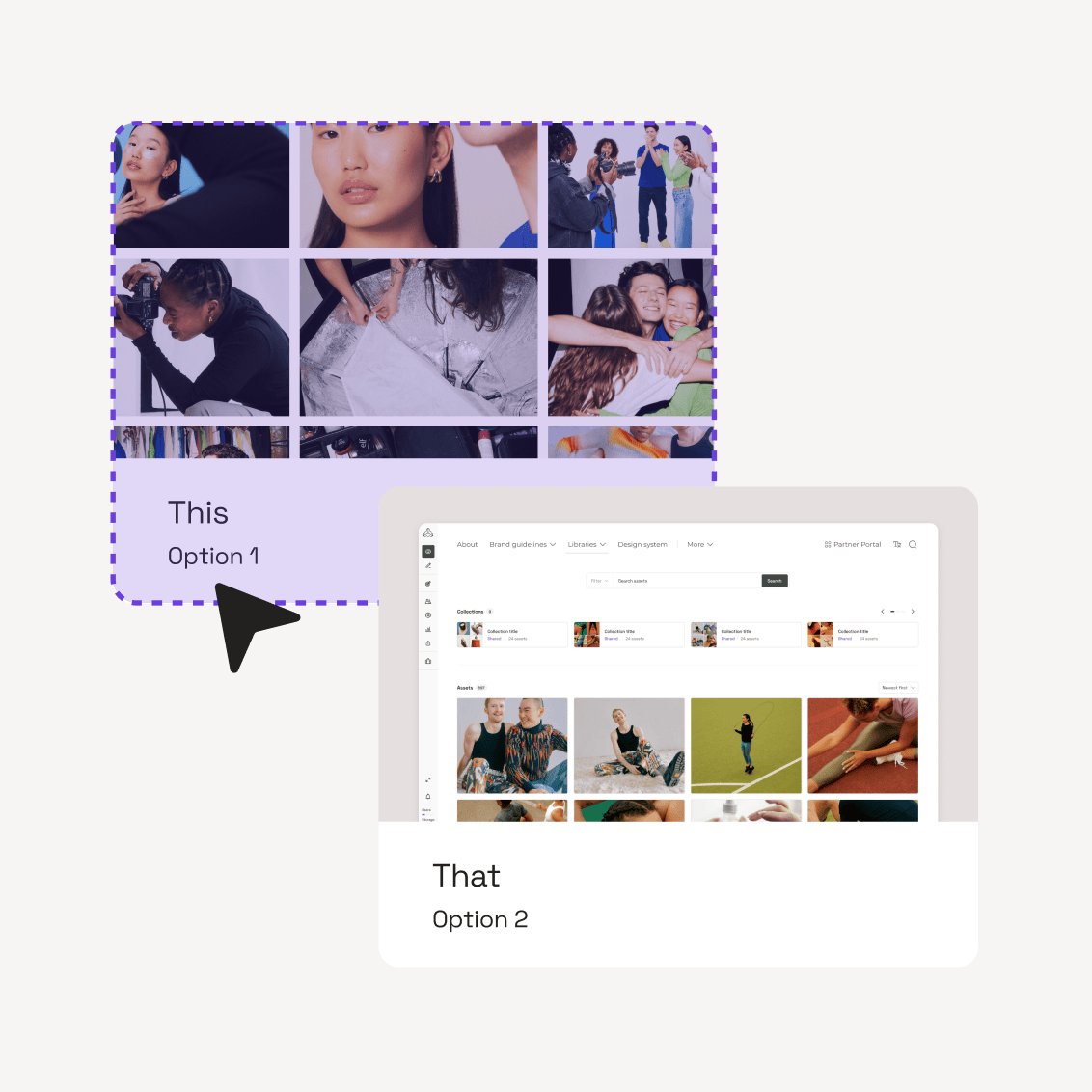While Zeroheight is a major design system management solution, Frontify offers design system management as part of a suite of brand management products — all fully integrated into one connected brand portal.
If you’re trying to choose between these products, this article will help you choose the best option for your business. The information below was gathered in May 2024 and was correct at that time.
Key Takeaways
- Zeroheight is a platform that centralizes design system documentation and management, enhancing team collaboration with features like integration support, style guides, governance tools, and analytics.
- Frontify is an all-in-one brand-building platform that enhances brand consistency and streamlines workflows by integrating digital asset management, brand guidelines, design systems, and creative templates into a single, collaborative environment.
- Zeroheight is suited for any company focusing on design system documentation, enhancing team collaboration.
- Frontify is ideal for mid-market to enterprise companies needing a comprehensive brand hub that integrates design systems with digital asset management and brand guidelines for multiple brands.
What is Zeroheight?

Zeroheight is a platform for documenting your design system. It provides a central hub to make product development more efficient for designers, engineers, product and marketing teams. Companies can upload design assets, components, and house reusable code in Zeroheight, giving users one shared online space to access these essential design and development elements.
zeroheight features
Zeroheight offers many features and integrations to help companies manage their design system (and related assets):
- Collaboration: One central space to document your design system. Users can comment, review, and approve changes within that same space.
- Style guide: Space to document the visual elements of your brand that are relevant to your design system, such as brand colors, fonts, and visuals.
- Integrations: Zeroheight integrates with around a dozen design, development, and product management tools that are commonly used in the product development process.
- Analytics: A collection of in-app data around design system adoption to help users understand who is using their design system and how.
- Governance: The ability to control and manage contributions to your design system, such as flexible user permissions and version control.
zeroheight pricing
Zeroheight’s pricing is based on four tiers:
- Free: For $0/month, users can test out Zeroheight’s functionality, giving a single editor access to all the product’s basic features.
- Starter: For $59/month, small teams can use Zeroheight together. You can have up to five editors, making it ideal for small companies or product teams starting their design system journey.
- Professional: This tier offers all the basic features plus advanced security and integrations for established design system teams.
- Enterprise: This tier is best for enterprise teams, offering design system management and dedicated support for mature design system teams.
While Zeroheight shares pricing information for its lower two tiers, it doesn’t share pricing info for the top two. To get a quote, you need to arrange a demo with its team.
Who is zeroheight best for?
Zeroheight is used by companies of all sizes, from startup to enterprise. It is best for companies that are only looking for a place to document their design system. It’s most commonly used by product teams and developers, and is a great option for companies looking to strengthen collaboration and communication between those departments.
What is Frontify?

Frontify is a brand-building platform where a user-friendly DAM meets customized brand portals. The solution streamlines workflows and ensures consistency by connecting brand guidelines, DAM, design system documentation, and creative templates in a comprehensive and collaborative centralized hub. Frontify works with mid-market and enterprise companies looking for a holistic brand-building environment beyond design system documentation.
Frontify features
Frontify offers a wide range of features and integrations that gives companies the functionality they need to build their brands:
- Digital asset management: A centralized online space to store and organize brand files, such as logos, icons, images, and marketing assets.
- Digital brand guidelines: Online documentation that outlines the visual and messaging elements that make up a brand's identity.
- Design system: A central space to document reusable functional components and patterns for UI/UX designers and developers building digital products.
- Templates for print and digital assets: A place for designers to build editable templates so teams can create on-brand content.
- Content and creative workflows: A central, collaborative hub where teams can review content and manage the approvals process.
- Integrations: A complete suite of more than 50 natively integrated tools for a seamlessly connected brand ecosystem.
- Analytics: Access to data around asset usage, templates, and guidelines.
- Governance: Flexible and customizable user and asset permissions to control access and use of your brand materials.
Frontify pricing
Frontify offers a value-based pricing model based on the number of monthly active users (MAUs) and features your brand needs. This is a custom calculation, so Frontify doesn’t share its pricing publicly.
However, you can discuss user numbers and features on a demo with our team, where you can also learn more about the platform. You can also take advantage of our 30-day free trial that lets users test out the platform’s full capabilities — no credit card required.
Who is Frontify best for?
Frontify is the ideal choice for mid-market or enterprise companies looking for a comprehensive brand-building platform rather than only design system management. It lets you create your design system within a wider brand-building platform. In other words, Frontify gives you a true brand hub, enabling seamless connections between the design system, DAM, brand guidelines, collaboration space, and creative templates.
This means it’s perfect for companies that need to involve more stakeholders in their design system, as you can connect your brand-building platform with more tools and have more granular control over user access.
Frontify is also popular with agencies and multi-brand organizations, because you can manage multiple brands and sub-brands within a single portal.
Reviews and ratings: How do they compare?
According to G2, Frontify has a 4.5 star rating while Zeroheight only has a 3.3 star rating. However, Zeroheight only has 3 reviews, while Frontify has more than 180.
With such a disparity in review quantity, it’s hard to directly compare the two products based on star rating or review content. However, the difference in review quantity suggests that more companies are using Frontify than Zeroheight, and are happier to share their experience with the platform.
Frontify vs. Zeroheight: Key differences

The most significant difference between the two companies is that Zeroheight’s core product is design system management. In contrast, Frontify is a holistic brand-building platform — design system management is just one part of the solution. Let’s look at the main differences in more detail.
Design system management
Zeroheight is a dedicated design system management platform. It’s built for product managers and engineers to document and manage their design system in one central, online location.
A design system is one part of the Frontify platform. Designers and developers can document and manage their design system in Frontify, and connect it up to other parts of the Frontify platform, such as DAM for asset management and organization, or brand guidelines for documenting how to use the reusable components and code snippets in your design system.
Brand guidelines and style guides
Zeroheight lets you document some of your core brand elements in its styleguide feature. You can add information like your logo, brand colors, and fonts, for easy access directly from your design system. However, this is much more limited than the comprehensive brand guidelines you can create in Frontify.
You can customize Frontify’s brand guidelines with 60 different content blocks to document all the different elements that make up your brand, compared to just 17 in Zeroheight.
Digital asset management
You can upload images and other basic brand assets into Zeroheight. However, it lacks the advanced functionality of a dedicated digital asset management solution (DAM), such as asset tagging, advanced rights management, and detailed metadata.
In comparison, DAM is a core part of the Frontify platform. The Frontify DAM connects directly with other parts of the platform, like brand guidelines and design system, so you can access brand assets as required.
Integrations and plugins
Zeroheight and Frontify both integrate with other popular design and development tools, making them a core part of your connected tech ecosystem. However, there are a couple of major differences:
- Zeroheight offers native integrations with several leading design, development, and project management tools
- Frontify natively integrates with a much larger number of tools for design, development, and project management — but also communication, collaboration, and content management.
- If users want to connect Frontify with a tool that’s not currently on their list of integrations, they can build their own using the Frontify open API.
Platform customization
Zeroheight offers basic customization functionality. You can add some custom branding, set up a custom domain for your design system, and tailor the navigation experience for your users.
Frontify allows for much greater customization — you can adapt the portal to fit your organization’s branding, workflows, and structure. For example, you can extensively modify your brand guidelines to add distinctive elements that are unique to your brand.
And for even more customization options, the Frontify SDK lets developers create their own content blocks for the brand guidelines. You can also search the Frontify Marketplace to use blocks made by other companies, benefitting from the expertise of the wider Frontify community.
Interconnected brand toolkit
Frontify offers several tools for brand builders: guidelines, DAM, design system, collaboration, and creative templates. All these tools are connected, meaning you can access materials from your DAM in other parts of the system.
In comparison, Zeroheight only offers design system functionality. It’s a standalone tool, rather than part of a wider brand-building ecosystem.
Is Frontify right for your brand? See it in action

Frontify and Zeroheight have different use cases. The right platform for you will depend on whether you’re primarily looking for design system documentation (Zeroheight) or want to document your design system as part of a more holistic brand building effort (Frontify).
If you’re still unsure which is the best option for your company, we can help you work it out: Try a 30-day free trial of Frontify — no credit card required. You get access to all the features and integrations to get a feel for how it will work within your existing setup.


